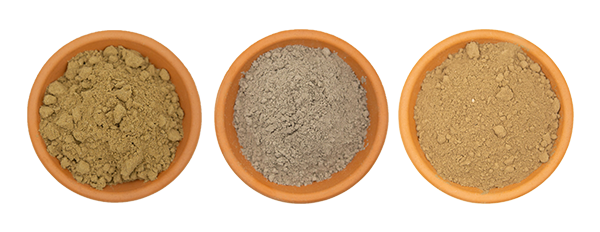API Phosphate Test Kit - 150 Tests
For Fresh & Saltwater
IN STOCK
FREE SHIPPING OVER $499*
Pick up at store Free
Delivery Options:
If cart total is less than $499*
Freight applies
If cart total is $499* & above
Free
*excluding bulky items
International shipping
Click hereSECURE PAYMENTS WITH

BUY NOW, PAY LATER
Pay in 4, interest-free. Afterpay it.

ZIP NOW, PAY LATER
Repay on a convenient weekly, fortnightly or monthly schedule.

ENJOY NOW, PAY LATER





Maintain Pristine Water Quality with API Phosphate Test Kit - 150 Tests
Control Phosphate Levels Effectively
API Phosphate Test Kit is your essential tool for maintaining phosphate levels in your aquarium. This section highlights the importance of phosphate control in preventing unsightly algae and preserving coral growth.
- Prevent excess phosphate that leads to algae and green water.
- Ensure thriving hard corals in saltwater tanks.
- Maintain pristine water quality for a beautiful aquarium.
- Safeguard your aquatic ecosystem with the API Phosphate Test Kit.
Swift and Accurate Phosphate Measurement
API Phosphate Test Kit provides swift and accurate phosphate measurements from 0 to 10 ppm. This section emphasizes the speed and precision of the kit in monitoring phosphate levels.
- Quickly detect and address phosphate issues.
- Suitable for both freshwater and saltwater aquariums.
- Achieve precise phosphate control with ease.
- Rely on the API Phosphate Test Kit for reliable results.
Comprehensive Testing Solution
API Phosphate Test Kit offers a complete testing solution for your aquarium. This section highlights the comprehensiveness of the kit.
- Contains 150 tests for extended monitoring.
- The kit includes 2 test solutions, a test tube, and 2 colour charts.
- User-friendly instructions ensure hassle-free testing.
- Ensure a healthy aquatic environment with the API Phosphate Test Kit.
In The Box
- [1] x API Phosphate Test Kit - 150 Tests | For Fresh & Saltwater
Q: For what type of tank is API PHOSPHATE TEST KIT most appropriate? Why should I test for phosphate?
A: The API PHOSPHATE TEST KIT is most appropriate for both marine (saltwater) and freshwater aquariums. You should test for phosphate because it enters your aquarium through fish and invertebrate waste, and excess phosphate can cause problematic conditions in your tank. Testing for high phosphate levels weekly helps maintain a healthy aquarium environment.
Q: How do I care for and clean my test tubes?
A: Once the test has been completed, it is important to rinse the test tube with water right away so that the contents don't stay in the test tube. This will make sure that the reagents don't cause anything to stick to the sides of the test tube, which could cause staining over time. Simply run the water, open the test tube gently (do not twist the cap), and allow the water to dilute and rinse the contents out of the test tube. Avoid getting the contents of the test tube on your skin. If you find that you have forgotten reagent within your test tube for a long period and the colour is sticking to the tube, you are able to use a small bottle brush (and some API Safe & Easy cleaning spray) to gently wash the inside of the tube. Avoid the use of soap, as soap residue could be introduced back into the aquarium when filling the test tube at the next use, which is something that could be harmful to your fish. Replacement test tubes are also available for purchase from online retailers, should you need additional test tubes.
Q: How hard do I shake the test tube when performing the tests?
A: While it is important to shake the indicated reagent bottles very vigorously, you should be gentler when shaking the test tubes during testing. Before shaking, make sure that the cap is closed tight. Place a finger or thumb on top of the cap to make sure it cannot come undone during use. The goal of this shaking step is to mix the contents of the tube together, and this can be accomplished by simply inverting the test tube, back and forth every 1-2 seconds, for the indicated amount of time.








 Calculate shipping
Calculate shipping







